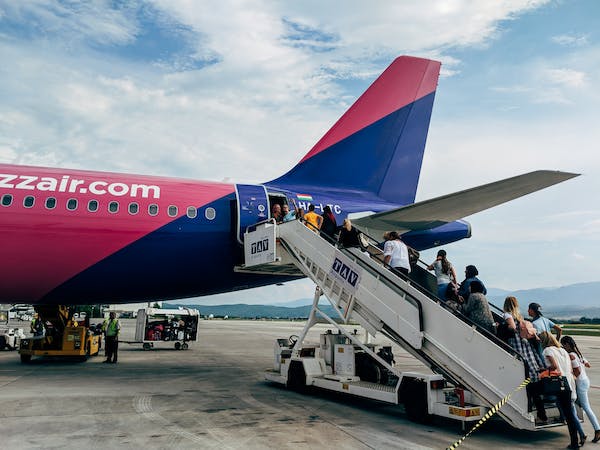Tips for Flying on a Plane for the First Time
Experiencing air travel for the first time can be both exhilarating and intimidating. The joy of taking off and the excitement of landing at your destination can sometimes be filled with doubts and fears associated with figuring out the intricacies of flying. Do not be alarmed! You may make your first flight a seamless and enjoyable experience with a few helpful ideas.
Plan and Prepare
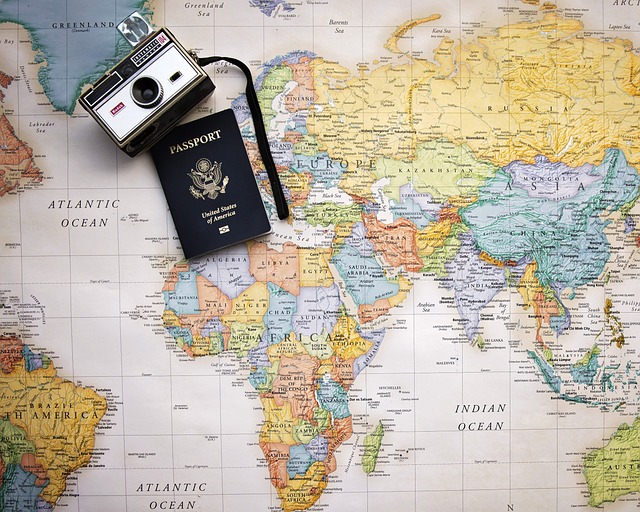
Approaching your first flight with thorough planning and preparation may be an exciting journey. Start by becoming familiar with the baggage policies, check-in procedures, and airline policies.
List the things you need, like your passport and boarding pass. Being early to the airport gives you plenty of time to get through security and deal with unforeseen issues, making your first trip a stress-free and enjoyable experience.
A hassle-free trip depends on careful packing; follow the airline’s guidelines for carry-on baggage and wear comfortable clothing for the flight.
Making advance plans will help you expedite the airport process and create an enjoyable and unforgettable first-time flying experience.
Arrive Early
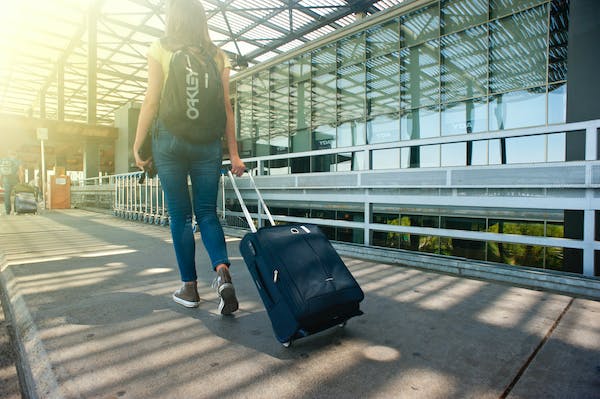
For first-timers, arriving early at the airport is highly recommended for a seamless and stress-free flight experience. Having enough time gives you the ability to find your departure gate, handle any unanticipated issues that could come up, and breeze through security checks.
Giving yourself enough time, whether you’re traveling domestically or abroad (two hours for domestic flights, three for international ones), can guarantee a stress-free start to your adventure and set the tone for a well-organized and enjoyable trip.
Arriving early ensures you board your trip with confidence and calmness since it reduces the tension related to air travel and acts as a buffer against any delays.
Pack Wisely for Effortless Travel

For individuals flying for the first time, packing effectively is essential to a worry-free and joyful trip. Familiarize yourself with the airline’s baggage policies to prevent needless costs and delays.
Ensure your carry-on contains the necessities, such as snacks, chargers, and any necessary medications. Otherwise, moves include bringing comfy clothes, using layers, and following the 3-1-1 rule for liquids.
Simplifying your luggage improves overall travel comfort and speeds up security screenings. Recall that having a well-packed backpack will help your first flight go more smoothly and enjoyably.
Include a checklist to ensure you haven’t forgotten papers, such as your boarding card and passport. When you pack well, you not only lessen the possibility of tension at the last minute but also free up more mental capacity to relish the thrill of your first flight.
Dress Comfortably

Prioritizing comfort over appearance is a crucial guideline for novice travelers preparing for their first journey. Loose-fitting clothing is essential while spending extended periods in cramped areas.
Wear layers, comfy shoes, and breathable clothing to adjust to the changing cabin temperature. Making comfort your top priority when dressing will improve your in-flight experience and make it easier to get through security and boarding procedures.
Wearing comfortable clothing can let you concentrate on the excitement of your first journey instead of any discomfort or distraction, whether on a quick domestic flight or a lengthy international one.
Understand Airport Security

Knowing how to handle airport security is essential to a seamless flight experience. Get acquainted with the guidelines: know when to take off shoes and belts, keep your ID and boarding card close at hand, and follow the liquid restrictions.
You can speed up the procedure and help ensure the airport runs more smoothly by approaching the security checkpoint knowledgeable and prepared.
The components of a stress-free security encounter include remaining composed, listening to instructions, and exercising patience. Accept the routine and keep in mind that it is for everyone’s safety that these protocols exist.
With preparation and composure, the security checkpoint may be an easy-to-manage part of your first flight experience.
Navigate the Boarding Process
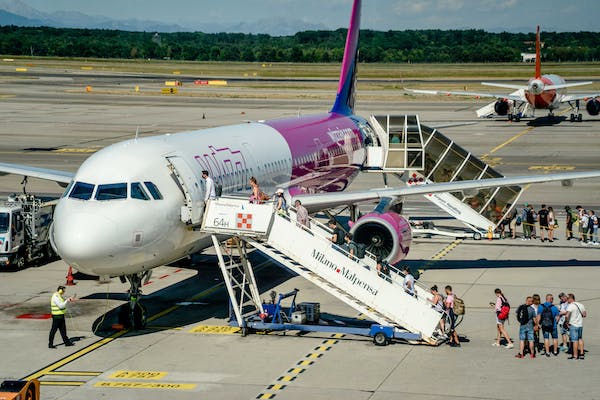
Making the most of the boarding procedure is essential to guaranteeing a stress-free first flight. Check your boarding card for the group or seat number first, and pay close attention to any announcements.
By boarding as soon as your flight is called, you may streamline the process, minimize potential stress, and eliminate needless traffic. The boarding procedure will be a simple and easy part of your trip if you follow the instructions and maintain organization.
Whether the boarding process uses allocated seating or a zone system, knowing how it works will help your flight depart smoothly.
In-Flight Etiquette
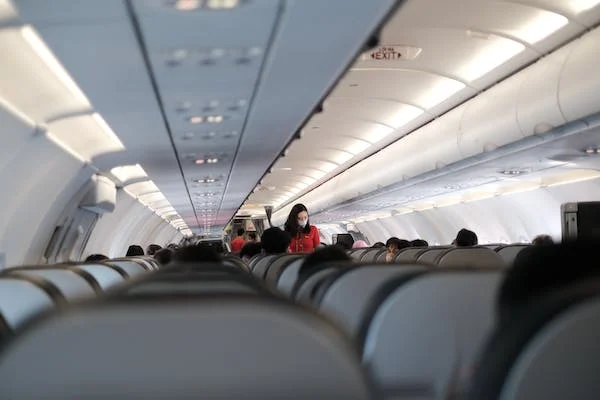
It’s crucial for a peaceful flight experience to follow proper in-flight protocol, especially for first-time pilots. Be mindful of other travelers’ personal space by minimizing noise, listening to entertainment through headphones, and avoiding quickly reclining your seat.
To ensure everyone’s safety and comfort, swiftly obey the crew’s directions, including when to stay seated and tighten your seatbelt.
The whole in-flight experience is improved by being mindful of your surroundings and courteous to others. Observe the flight attendants for guidance, respect the quiet periods, and keep a cheerful attitude.
You may enhance the pleasant environment in the cabin and make your first flight an unforgettable experience for you and others around you by adopting a mindset of respect and decency for one another.
Stay Informed

For a comfortable and stress-free journey, especially for first-time travelers, staying informed is essential. Follow the captain’s instructions and pay attention to the in-flight information displayed on screens or via the airline app to stay informed on the status of your flight.
To be ready for anything unexpected, familiarize yourself with the location of emergency exits and the safety information card in your seat pocket.
Keeping yourself informed on the status of the flight and being aware of your surroundings improves your sense of control and your entire flying experience.
Staying informed about things like the seatbelt sign, the anticipated arrival time, and the availability of food and beverage service enables you to unwind throughout the flying period.
Jet Lag Management

Effective jet lag management is essential for first-time travelers traveling great distances between time zones to recuperate quickly after landing.
To help your body acclimate gradually, modify your sleep routine a few days before departure to coincide with your destination time zone. To improve circulation and lessen stiffness, take short walks or do gentle stretches, avoid coffee and alcohol throughout the flight, and stay hydrated.
When you get there, try to get as much natural light as possible, and schedule your activities around local time to help reset your internal clock.
By adopting these straightforward yet efficient techniques, you may make the most of your trip without experiencing the effects of jet lag as your body adjusts to the new time zone.
Enjoy the Experience

Enjoy every second of your first flight and the feeling of flying in the sky. Take a minute to admire the magic of flying, the beauty of the world below, and the outside world via the window.
Embracing the exhilaration of the journey will help you turn your first flight into a milestone and a treasured memory.
Have an optimistic outlook and view the flight as an experience in and of itself rather than giving in to anxiety or tension. Take in the freshness of the environment, make friends with other travelers, and let the excitement of your first flight turn into happiness instead of fear.
You’ll make priceless memories and lay the groundwork for an exciting life filled with travel if you deliberately appreciate the experience.
